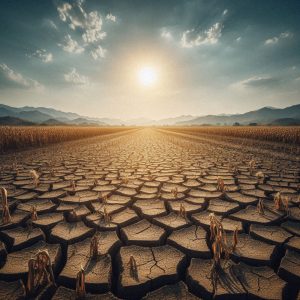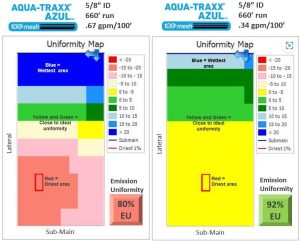In a local news report, Nebraska farmers who have converted to water saving irrigation methods, such as drip irrigation, share their success stories with USDA Natural Resources Conservation Service (NRCS) Acting Chief, Jason Weller.
The following is the transcript of the news report:
Phelps County farmer Blake Johnson says an oddly shaped cornfield wasn’t ideal for a center pivot, but traditional irrigation made farming it costly.
“When we were gravity irrigating it we were putting over 30 inches of water on it, and now that we’ve installed the drip tape we’re down to eight and nine inches of water,” says Johnson.
Natural Resource Districts say underground drip irrigation is just one method of efficiency they’re encouraging, like programs that help farmers pay to install better irrigation systems.
“In our area we’ve been fortunate that we do have a sustainable aquifer and we have some real progressive farmers that are doing everything they can to use the groundwater as efficiently as possible,” says John Thorburn, Tri-Basin NRD Manager.
Conservation officials are sharing those success stories with the head of the USDA Natural Resources Conservation Service. NRCS Acting Chief Jason Weller says it all contributes to their Ogallala Aquifer Initiative – efforts that have saved over 400 billion gallons of water in the aquifer over the past four years.
Weller says better irrigation methods mean less water wasted and less energy used to pump it.
“If you convert that energy into diesel equivalents, around 33 million gallons of diesel we’re not burning because we’re being more efficient with the use of the water,” he says.
Rob Olson, another Holdrege-area farmer, says an NRCS program helped him take a field from two wells and two put pumps and over a mile of pipe to one pivot – a move that puts more money in his pocket. But he says efficiency also helps decrease the risk of contaminating groundwater with too much fertilizer and run off.
“You want to be able to have the land for future generations,” says Olson. “We all have to live here, we all have to drink the water.”




